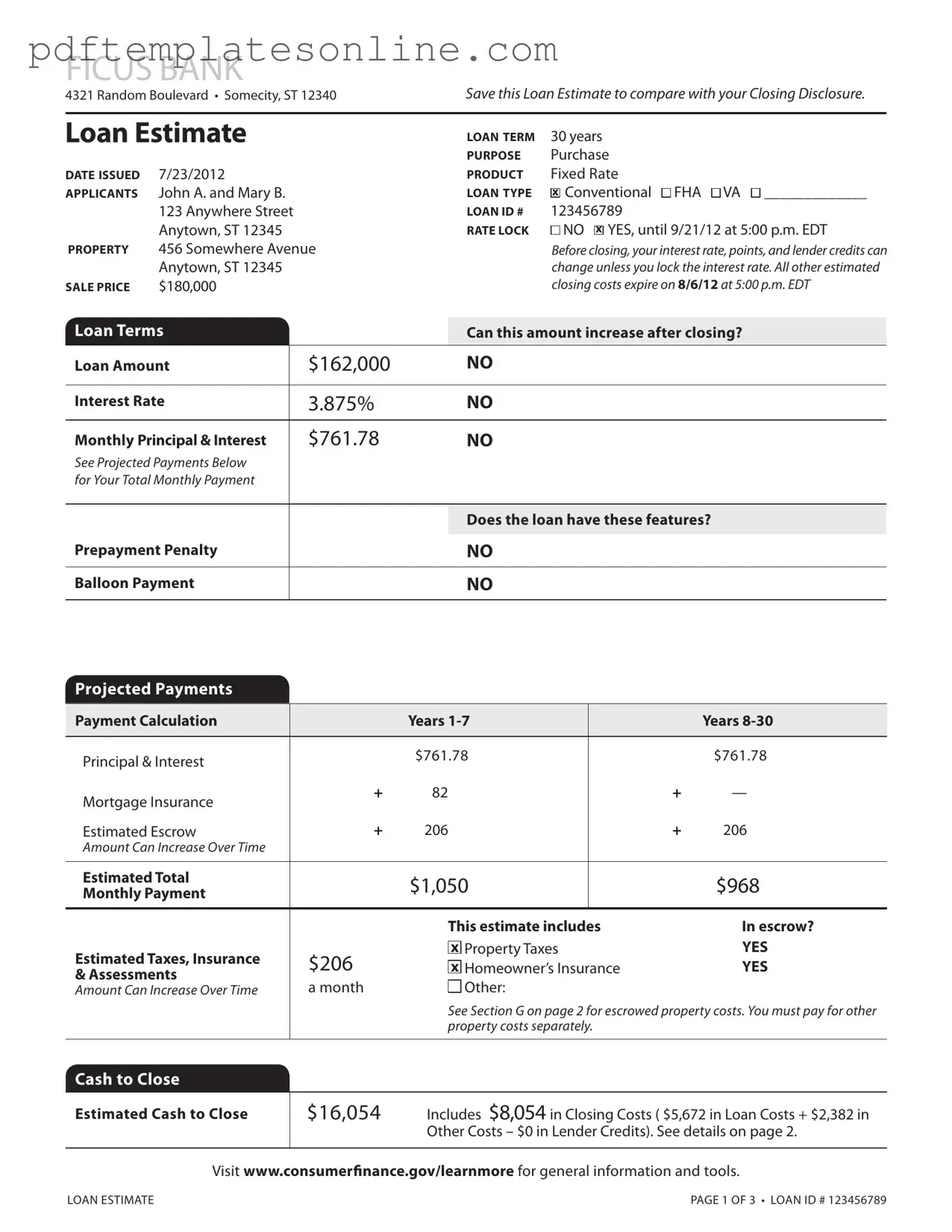- Misconception 1: The Loan Estimate is a final loan offer.
Many people mistakenly believe that the Loan Estimate is a binding contract. In reality, it is simply an estimate of the loan terms and costs. You can still negotiate terms or choose a different lender after receiving this document.
- Misconception 2: The interest rate on the Loan Estimate is guaranteed.
Some assume that the interest rate listed on the Loan Estimate is locked in. However, unless you formally lock your interest rate, it can change before closing.
- Misconception 3: All closing costs are included in the Loan Estimate.
People often think that the Loan Estimate covers every possible cost associated with closing. While it provides a detailed breakdown, some costs may arise later or be excluded, such as certain third-party fees.
- Misconception 4: The Loan Estimate is only for first-time homebuyers.
This form is useful for anyone seeking a mortgage, regardless of whether they are first-time buyers or seasoned homeowners. It helps all borrowers understand their loan options and costs.
- Misconception 5: You cannot shop around for better loan terms after receiving a Loan Estimate.
Many believe that once they have a Loan Estimate, they are committed to that lender. In fact, you can and should compare estimates from multiple lenders to find the best deal.
- Misconception 6: The Loan Estimate will not change before closing.
Some borrowers think that the figures on the Loan Estimate are final. Changes can occur due to various factors, such as changes in your credit score or the loan amount.
- Misconception 7: The Loan Estimate includes all potential fees for the entire loan term.
Individuals often expect the Loan Estimate to reflect all fees throughout the loan's life. Instead, it primarily focuses on upfront costs and does not include ongoing fees that may arise later.
- Misconception 8: You must accept the loan terms presented in the Loan Estimate.
Receiving a Loan Estimate does not obligate you to accept the loan. You have the right to review the terms and decide whether they meet your needs.
- Misconception 9: The Loan Estimate is the same as the Closing Disclosure.
While both documents provide information about loan costs, they serve different purposes. The Loan Estimate is provided early in the process, while the Closing Disclosure is given shortly before closing and reflects final terms.
- Misconception 10: The Loan Estimate is only about the interest rate.
Many people think the Loan Estimate focuses solely on the interest rate. However, it includes various aspects, such as loan terms, monthly payments, and closing costs, giving a comprehensive view of the loan.
